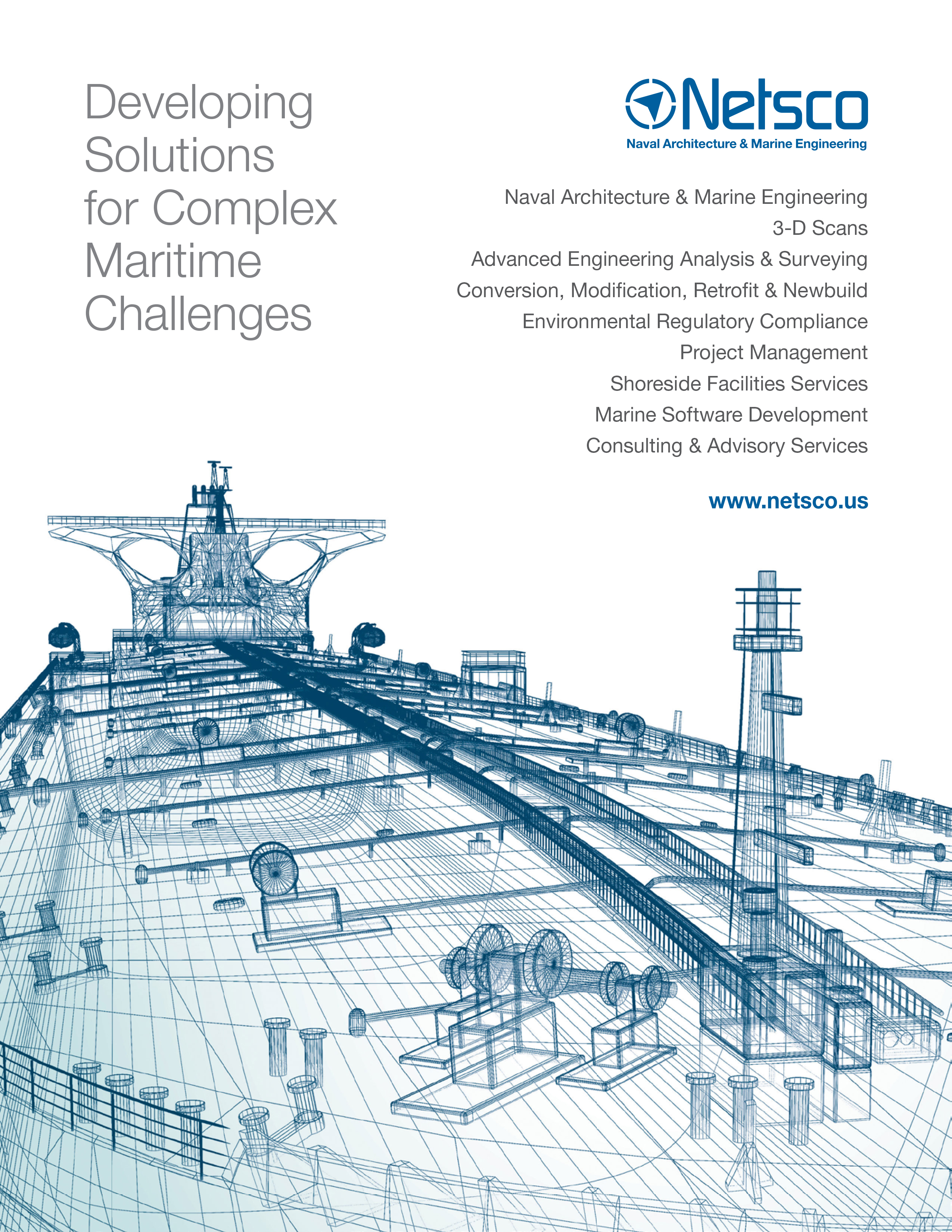Services
Finite Element Analysis (FEA)
Finite Element Analysis (FEA)
When it comes to designing a structure, having access to as much information as possible is crucial to making informed decisions. At NETSCo, we have a team of highly-skilled and experienced engineers who use Finite Element Analysis (FEA) software to optimize and analyze designs at an early stage, saving our clients both time and money.
Our FEA services are incorporated into the design review process to increase the accuracy of a design and ensure that it meets the client’s performance standards and requirements. We use the world’s most advanced software in virtual prototyping, reducing R&D and development costs.
With FEA, you can eliminate risk by analyzing critical design parameters such as stress, strain, failure points, fatigue, stages of creep, thermal conduction, convection, radiation, conjugate heat transfer, harmonic, random, transient dynamic vibrations, and seismic equivalent static, response spectrum, transient dynamics. Additionally, we offer impact and crash analysis using precise simulation or equivalent static force.
Whether you need FEA services for troubleshooting, optimizing a design, validating a vessel modification, or ensuring quality control for product replacements, our engineering team has the knowledge and experience to meet your needs. Choose NETSCo for efficient, effective FEA services that guarantee the success of your project.

